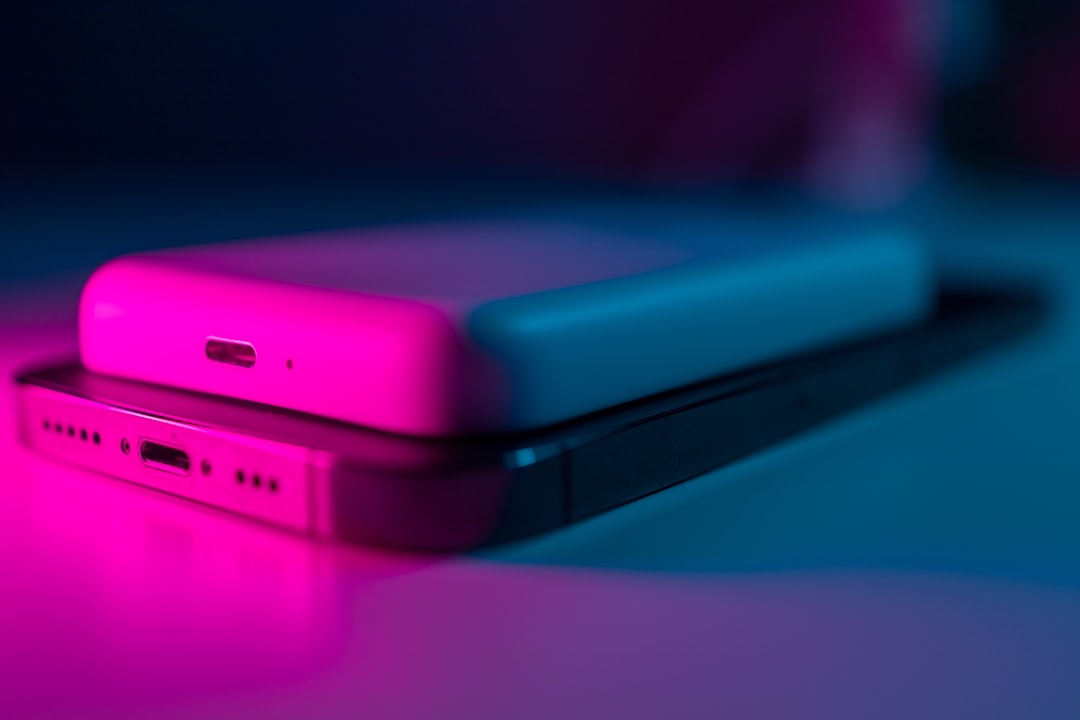

Why Regular Testing is Crucial During the Battery Reconditioning ProcessUnderstanding the Importance of Regular TestingRegular testing during the battery reconditioning process is paramount for several reasons.
Attempting to rejuvenate a battery that is damaged beyond repair can be futile and dangerous. Battery Chemical Reactions In effect this means,Reconditioning lithium-ion batteries not only extends their usable life but also enhances performance, making them more efficient and reliable over extended periods. It's essential to understand and implement proper charging cycles tailored for each particular type of battery.
Ecologically, it contributes to reducing electronic waste. Choosing the Right Charger for Different Types of BatteriesUnderstanding Battery ReconditioningBattery reconditioning refers to the process of bringing a depleted battery back to life, restoring its capability to store and deliver power.
This process is crucial for various types of batteries as it can extend their lifespan, reduce waste, and save money. By conducting regular tests, such as voltage checks and load assessments, one can detect anomalies like overheating or irregular discharging that could lead to dangerous outcomes if left unaddressed.
On the other hand, lithium-ion batteries require a charger that can balance the cells and manage temperature effectively during charging cycles. A smart charger that adjusts charge rate based on feedback from the battery condition is ideal.
By applying specific techniques such as electronic pulsing or adding certain chemicals, one can effectively break down these deposits, thereby restoring and improving the battery's overall performance and longevity. Advanced Tools for Battery ReconditioningFor those serious about reconditioning, investing in advanced tools such as a high-quality multimeter, a capable desulfator for lead-acid types, or specialized balancing chargers for lithium-ion packs is advisable. By engaging in DIY battery reconditioning, users can rejuvenate their old batteries instead of disposing of them prematurely.
Water Addition: For flooded types only-top up with distilled water. Understanding this degradation is crucial in realizing why reconditioning techniques are not just beneficial but necessary for extending battery life.
Ensure that your work area is well-ventilated and avoid any open flames or sparks near exposed battery cells. Adding Water: For those with flooded lead-acid batteries adding distilled water can replenish lost electrolyte levels essential for operation.
How Batteries FunctionThe core functionality of a battery lies in its electrochemical cells, which convert stored chemical energy into electrical energy through reactions. Each battery saved from disposal contributes fewer hazardous substances to landfills and requires fewer resources for recycling processes.
This not only provides economic benefits but also supports environmental sustainability by reducing unnecessary waste. The Reconditioning ProcessBattery reconditioning involves several steps designed to restore the original performance of a battery as much as possible. Additionally, reconditioning batteries contributes to environmental conservation by reducing waste and the demand for new batteries, which require significant resources to produce. Battery Revitalization
Tools for Monitoring Battery TemperatureUtilizing modern technology can aid significantly in maintaining the right temperature for your batteries. In effect this means,choosing an appropriate charger and employing correct charging methods plays an indispensable role in successful battery reconditioning.
With this knowledge at hand coupled with proper techniques in battery reconditioning-whether it be lead-acid or lithium-ion-you extend both their functional life and performance capabilities which translates into cost savings and environmental benefits through reduced waste output. Be sure no food or beverages are consumed near the work area as this could lead to accidental ingestion of dangerous substances.
Essential Tools You Need for Effective Battery ReconditioningUnderstanding Battery ReconditioningBattery reconditioning involves restoring used batteries to their original condition or better, enhancing their capacity and lifespan. Handling Tools and Equipment with CareThe tools used in battery reconditioning such as multimeters, chargers, and desulfators must be handled with care.
As awareness grows and technology improves, more efficient methods of reconditioning will likely develop, further enhancing these benefits. This reduction in waste is crucial because many battery components are non-biodegradable and potentially hazardous. When to Add WaterIt's essential to check the water level regularly, ideally during routine battery inspections.
The Beginner's Guide to Understanding Battery ReconditioningWhat is Battery Reconditioning? Economic BenefitsReconditioning can also be seen as an economically wise practice.
It ensures that all parts of the battery work together harmoniously, which is particularly important for high-demand applications like electric vehicles where optimal performance is critical. By following these guidelines on how much, when, and how safely to add water, users can enhance their overall experience with these types of batteries while contributing positively towards a more sustainable usage cycle.
This includes knowledge of first aid measures, fire safety protocols, and spill containment strategies. Lastly test your reconditioned unit under load conditions to ensure functionality. These include electronic desulfators that send high-frequency pulses to dissolve sulfate crystals or more manual approaches like adding magnesium sulfate (Epsom salt) to each cell within a battery.
This technique is particularly useful for lithium-ion batteries, which are commonly used in everything from mobile phones to electric vehicles. As a round upEffective battery reconditioning not only extends the life of your batteries but also enhances their performance over time.
Common Techniques for Lithium-Ion Battery RevivalThere are several effective methods for reviving lithium-ion batteries. Environmental ImpactOne significant advantage of battery reconditioning is its positive impact on the environment.
This translates roughly to once every two to three months if you're a regular user. Monitoring During MaintenanceThroughout the reconditioning process, continually use your multimeter to monitor changes and improvements in voltage and resistance within the battery cells.